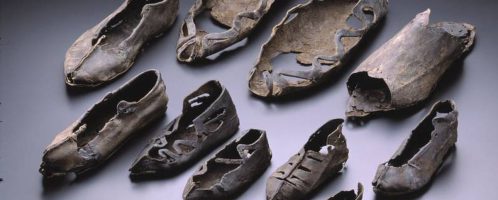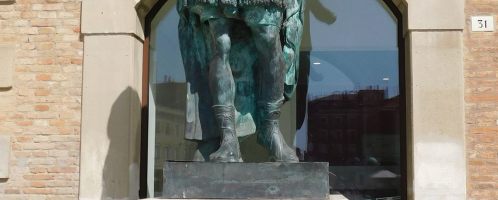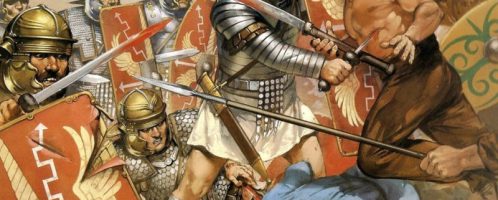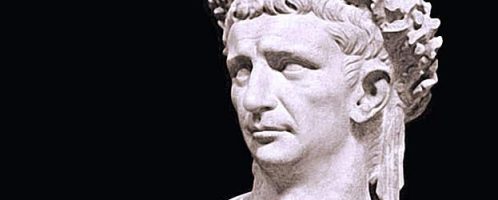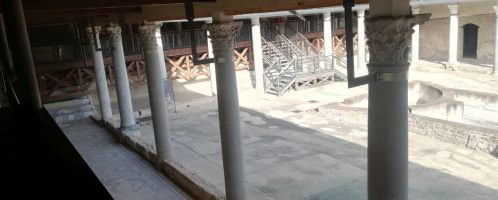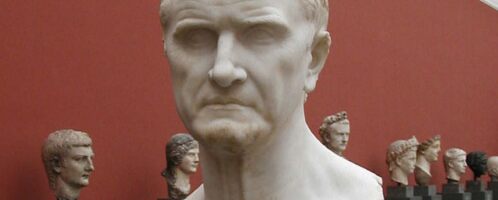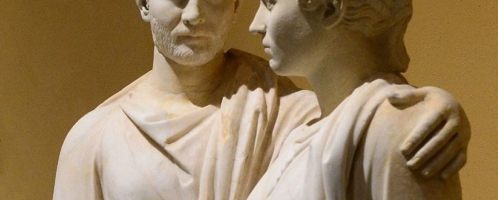If you have found a spelling error, please, notify us by selecting that text and pressing Ctrl+Enter.
Curiosities of ancient Rome
The world of ancient Romans abounded in a number of amazing curiosities and information. The source of knowledge about the life of the Romans are mainly works left to us by ancient writers or discoveries. The Romans left behind a lot of strange information and facts that are sometimes hard to believe.
Where said – “the die is cast”?
Alea iacta est – this saying, literally meaning “the die is cast”, knows probably everyone who had any contact with the European Civilization, which arose, among others, from the Greco-Roman traditions. But where – in what place – Gaius Julius Caesar uttered (if not the apocrypha) those memorable words?
Divide and conquer – Romans’ method of conquest
Divide and conquer (divide et impera) is the principle of the conquest and subjugation of peoples by constantly inciting internal conflicts in conquered territories and acting as the mediator of conflicting parties. This method was already known in the ancient world, and the ancient Romans were the masters in its application.
Two ministers of Emperor Claudius
Two ministers of Emperor Claudius (ruled 41-54 CE), his freedmen Pallas and Narcissus, made huge fortunes from their offices. Claudius was known for his trust in his freedmen, who often decided the country’s politics and palace intrigues.
Preserved Roman columns in Villa Romana del Casale
Preserved Roman columns in Villa Romana del Casale – a luxurious Roman villa in Sicily. The columns decorated the peristyle (inner courtyard of the building).
Terrible death of Crassus
Marcus Licinius Crassus (114-53 BCE) was killed shortly after the battle of Carrhae (53 BCE) by the Parthians who, according to Roman tradition, poured liquid gold into his throat. Mocking the rich man, he was asked how he liked it. Crassus’s head was then beheaded and sent to the Great Parthian King – Orodes II – to Seleucia on the Tigris.
Roman mosaics popular among wealthy Romans
The preserved remains of Roman mosaics throughout the former Roman Empire are proof that wealthy Romans loved to decorate their homes. The works of art depicted various images: heroes, gods, women, animals, etc.

